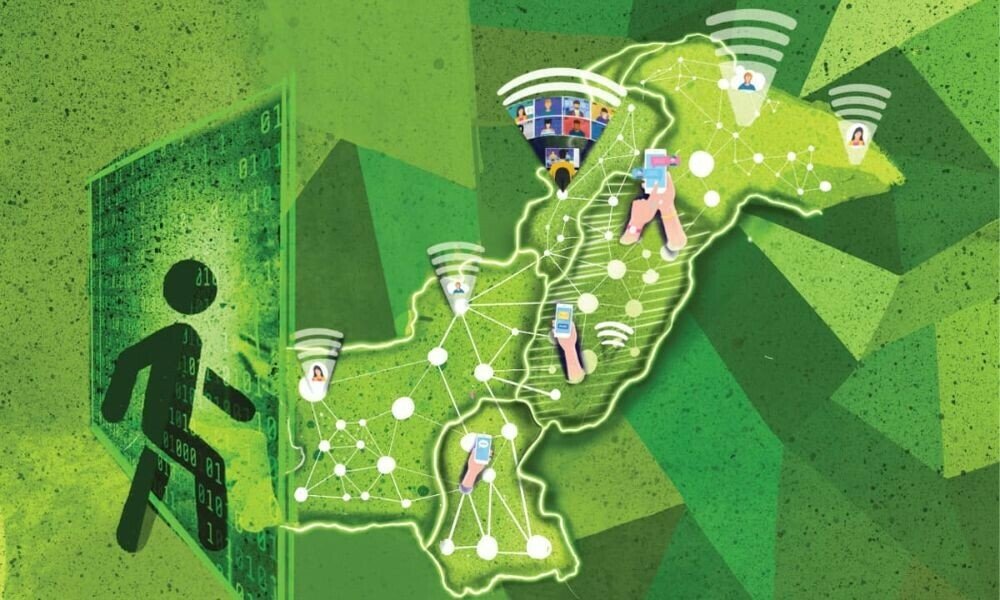Ministry of IT and Telecommunication documents have revealed concerning statistics regarding Pakistan’s low fiber density, standing at a mere 0.45%.
Ministry of IT and Telecommunication documents have revealed concerning statistics regarding Pakistan’s low fiber density, standing at a mere 0.45%. Despite approximately 164,000 km of Optical Fiber Cable (OFC) deployed across the nation, only a fraction of cellular towers, between 9-11%, are connected to Optical Fiber Cable (OFC), and merely 1.1 million subscribers enjoy fiber-to-home services.
In response to this critical situation, the Government has launched the National Fiberization Policy, aimed at incentivizing investments in optical fiber networks throughout the country. The ambitious targets set by the government include increasing optical fiber deployment to 200,000 km, expanding optical fiber coverage to 4 million subscribers, and achieving a fiber-to-site penetration rate of 75%.
Additionally, the Ministry of IT has drafted a concept paper for the Right of Way Facilitation for Digital Connectivity, designed to streamline the process of private sector investment in optical fiber network deployment. This policy seeks to expedite both long-haul and metro network installations, as well as fiber-to-tower deployments, in a cost-effective manner.
Proactive support from the secretary cabinet division is evident, as fees for Right of Way access along highways and railway tracks have been harmonized, along with fees for bridges, culverts, and crossings on national highways and railways. Efforts are also underway to align Right-of-way fees in areas under defense authorities with those in areas under cantonment boards.
The ministry emphasizes the multifaceted benefits of heightened fiberization, stressing its potential to transcend mere improvements in internet speeds. With an eye toward the impending launch of 5G technology in Pakistan, the correlation between fiberization efforts and 5G penetration underscores the strategic importance of these initiatives in catapulting the country’s digital infrastructure into the modern age.
The unveiling of these initiatives comes at a crucial time for Pakistan’s technological advancement. With an increasingly interconnected world and growing demands for high-speed internet connectivity, addressing the low fiber density in the country is paramount.
The National Fiberization Policy, coupled with streamlined processes for optical fiber network deployment, signals a significant step forward in bolstering Pakistan’s digital infrastructure.
As the world moves towards a future dominated by digital connectivity and technological innovation, Pakistan’s efforts to expand its optical fiber network will not only enhance internet access but also pave the way for advancements in various sectors such as healthcare, education, and commerce. The Ministry of IT and Telecommunication’s proactive approach in tackling this issue demonstrates the government’s commitment to ushering in a new era of connectivity and digital progress in the country.
